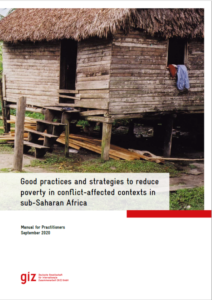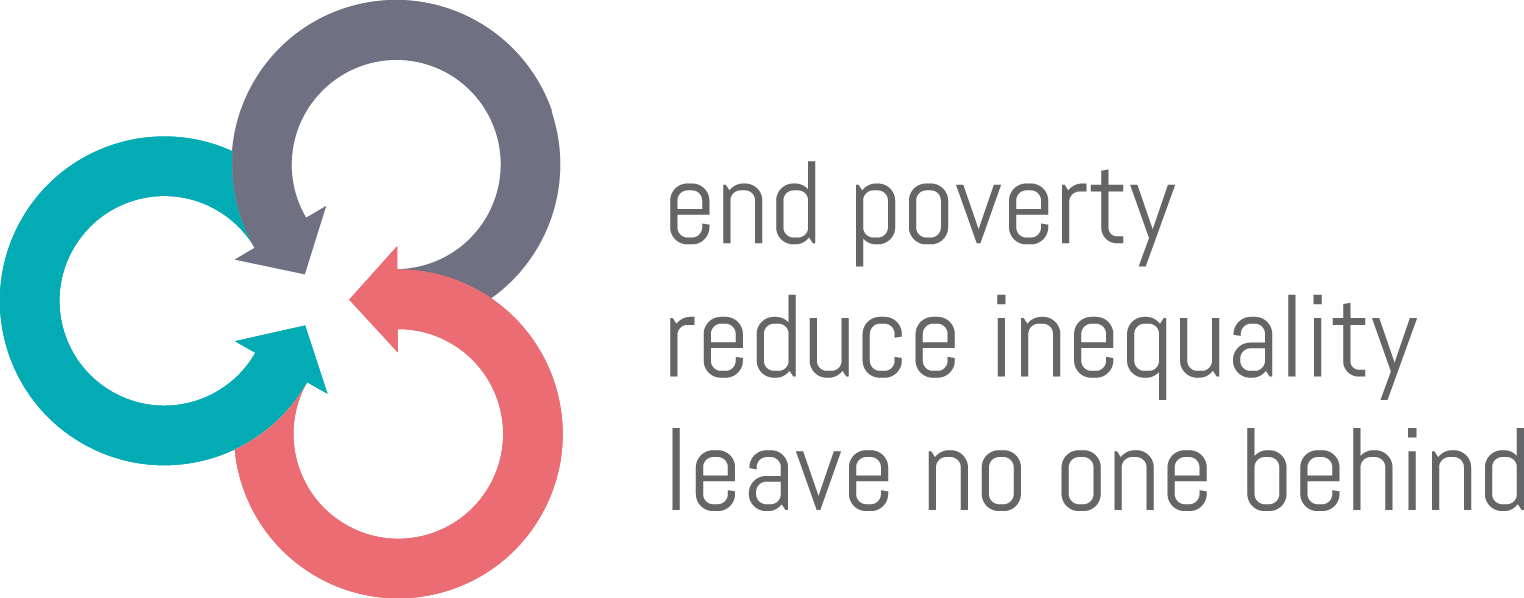 In cooperation with the Overseas Development Institute (ODI), the Deutsche Gesellschaft für Internationale Zusammenarbeit (GIZ) launched a new manual on “Good practices and strategies to reduce poverty in conflict-affected contexts in sub-Saharan Africa”.
In cooperation with the Overseas Development Institute (ODI), the Deutsche Gesellschaft für Internationale Zusammenarbeit (GIZ) launched a new manual on “Good practices and strategies to reduce poverty in conflict-affected contexts in sub-Saharan Africa”.
This manual outlines effective strategies to better consider the interplay between poverty and fragility, conflict and violence in programs and policies in sub-Saharan Africa (SSA), where most of the people living in extreme poverty reside today. It gathers learning from a sample of projects and programs in SSA that have dual objectives to (1) reduce poverty and (2) promote peace and security in regions affected by conflict and violence. Strategies that work both IN and ON conflict both can make a contribution to stability and improve prospects for poverty reduction in Fragile, Conflict-affected and Violent Situations (FCVS).
The focus on poverty reduction in conflict-affected areas is urgently needed because a majority of the world’s poor today are located in FCVS, and these trends are expected to intensify. By 2030, projections suggest that between 43% and 80% of the world’s extreme poor will live in FCV contexts. Due to conflict and violent extremism, climate change, pandemics, and food insecurity, the list of FCVS could rise by 2030, and accordingly the share of global poor in FCVS. These trends and risks pose significant constraints to poverty reduction. There is a mutually reinforcing relationship between poverty and conflict: poverty contributes to conflict, and conflict can impoverish people or deepen poverty. A focus on working both IN and ON conflict is needed to maximize the gains of poverty reduction internationally.
Therefore, this manual displays observed challenges of projects that address both poverty in fragile contexts as well as effective strategies to overcome these. Each povertyreducing strategy is based on good practices, lessons learned and existing tools next to a review of advantages and disadvantages. Real-life examples, checklists and a concise as well as engaging presentation of the results ensure the study’s applicability to various contexts.
If you want to take a closer look, you can find the manual here.
